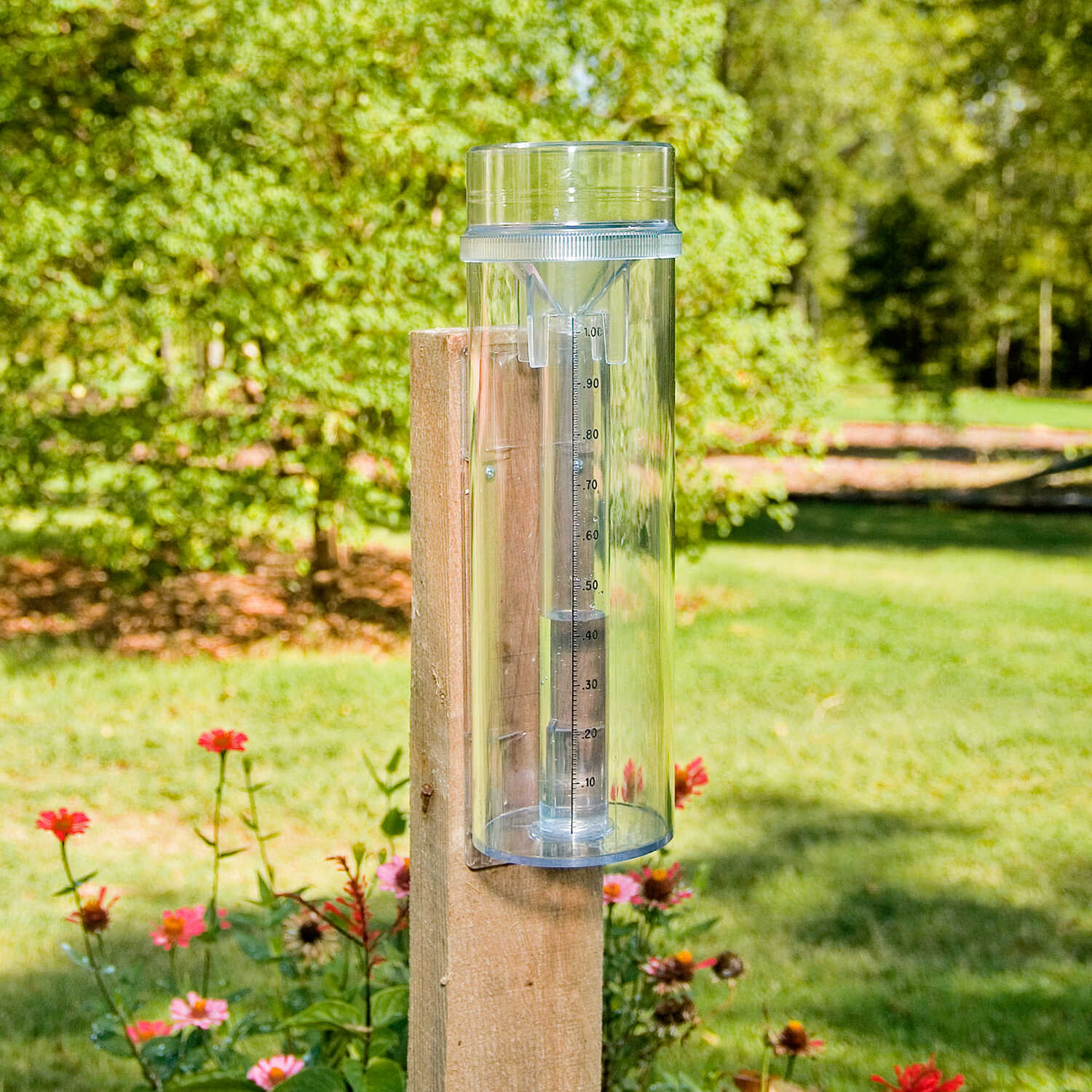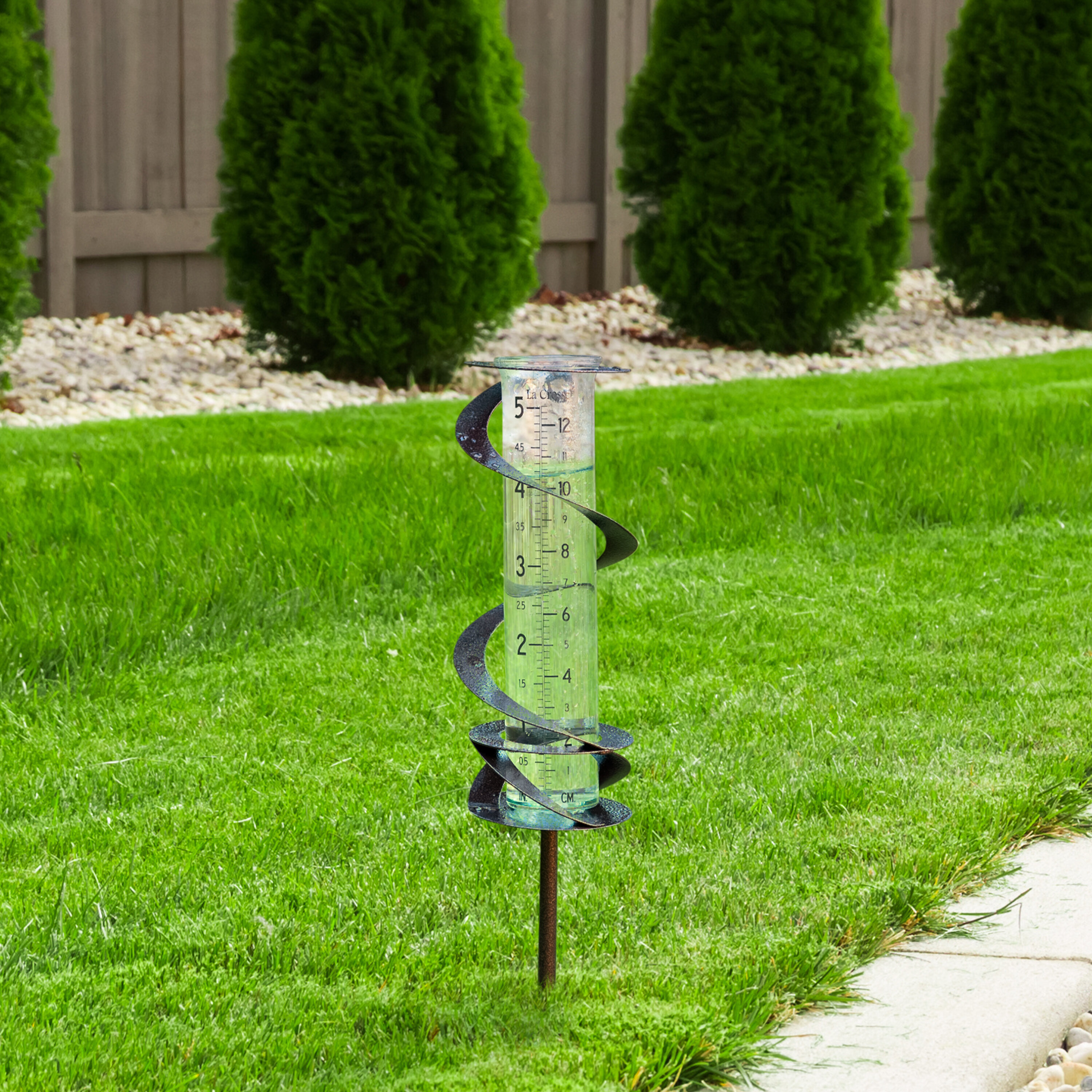The Rain Gauge: Crucial Information and Ideal Practices for Weather Lovers
Wiki Article
Just How to Pick the Right Rainfall Gauge for Accurate Rain Information
Exact rainfall information is vital for various sectors and tasks, such as water, meteorology, and farming source administration. To obtain trustworthy measurements, it is important to choose the best rain gauge. This guide intends to give important insights into the option procedure, enabling you to make educated choices. Considering factors such as location, kind, and accuracy of the rain gauge will help make sure accurate information collection. Additionally, understanding the upkeep and calibration treatments will add to the durability and integrity of your rain gauge. By adhering to these standards, you can guarantee accurate rains information, enabling much better decision-making and planning for numerous applications.Importance of Choosing the Right Rainfall Scale
The significance of choosing the ideal rain scale hinges on acquiring accurate and dependable rains data for exact meteorological evaluation. Rainfall data is critical for a large range of applications, consisting of weather projecting, hydrological modeling, and environment study. Inaccurate or unreliable data can lead to incorrect conclusions and flawed decision-making processes.
Second of all, the accuracy and precision of the rainfall scale are extremely important. The gauge must be able to determine rainfall with high precision, catching also small amounts of precipitation precisely.
In addition, the area and setup of the rainfall scale are vital considerations. It should be put in an open location, away from obstructions that could impact rains measurements. The gauge ought to be placed at a proper height and angle to prevent spilling and guarantee proper catchment of rainwater.
Factors to Take Into Consideration When Picking a Rainfall Scale
When selecting a rainfall gauge, there are numerous key aspects to consider. These variables can substantially influence the precision and reliability of the rainfall information gathered. The very first variable to take into consideration is the kind of rain gauge. There are different kinds offered, including typical rainfall assesses, tipping bucket rainfall assesses, and considering rainfall determines. Each kind has its very own advantages and disadvantages, so it is very important to pick one that finest suits your specific demands and requirements.One more factor to think about is the product of the rainfall gauge. Rainfall assesses can be made of numerous materials, such as steel, plastic, or glass. The material picked must be long lasting and resistant to climate condition, making certain that the rain gauge will stand up to the elements and provide accurate measurements over time.
Precision is additionally an essential factor to take into consideration. Try to find rain determines that have actually been calibrated and checked for accuracy. Functions such as anti-splash rings and funnels can additionally improve the accuracy of the measurements.

Lastly, take into consideration the climate and setting in which the rain scale will certainly be utilized. Various rainfall determines appropriate for different environments, so it is essential to select one that is proper for the problems in your area.
Various Kinds Of Rainfall Gauges Offered
To even more discover the aspects to think about when selecting a rain gauge, it is important to understand the various kinds of rainfall evaluates available. The most typical kind is the typical rain gauge, also recognized as the round rainfall gauge.An additional type of rainfall gauge is the tipping bucket rain scale. As the rain drops into the gauge, it fills up one side of the bucket, causing it to clear the water and tip.
A 3rd type of rain scale is the weighing rain scale. As the rainfall drops into the gauge, it is gathered in a container linked to an equilibrium.
Lastly, there are also remote rainfall assesses that usage advanced modern technology to determine rains (The Rain Gauge). These assesses use sensors and transmitters to send out information wirelessly to a central unit. Remote rainfall determines are hassle-free for keeping track of rains in hard-to-reach locations or for massive data collection
Just How to Figure out the Accuracy of a Rainfall Gauge
One method to analyze the precision of a rain scale is by conducting regular calibration measurements. Calibration involves contrasting the readings of a rain scale to a conventional dimension, such as a licensed rain gauge or a climate station with high precision. By contrasting the measurements, any type of discrepancies or errors in the rain scale can be recognized and represented.To conduct a calibration measurement, begin by accumulating rains data from both the rain gauge and the blog conventional dimension device over a particular period, such as a month. Compare the analyses and compute the difference in between them. This distinction is called the calibration error.
It is essential to keep in mind that calibration dimensions need to be carried out consistently, as environmental factors, such as debris, wind, and temperature level, can affect the accuracy of the rainfall gauge over time. By performing normal calibrations, any kind of changes in the precision of the rainfall gauge can be spotted and changes can be made appropriately.
Along with calibration, it is also suggested to clean and keep the rainfall gauge frequently to ensure its precision. Eliminate any kind of debris or blockages that may affect the accuracy of the measurements, and inspect for any signs of damage or use that may require repairs or replacement.
Tips for Maintaining and Adjusting Your Rainfall Gauge
Normal upkeep and calibration are important for making sure the precision and dependability of your rainfall gauge in determining rainfall information (The Rain Gauge). By adhering to a couple of simple suggestions, you can ensure that your rain gauge is properly kept and calibratedFirstly, it is vital to clean your rain scale regularly to protect against any type of particles or dust from blocking the rain collection mechanism. Use a soft brush and a light detergent to gently cleanse the within and exterior of the gauge. Rinse it thoroughly with tidy water and permit it to dry completely prior to reinstalling it.
Second of all, it is suggested to adjust your rain scale at the very least annually. Calibration includes comparing the dimensions of your rainfall gauge with those of a relied on and precise recommendation website here gauge. This will certainly aid you determine and fix any kind of possible mistakes in your rain scale's measurements.
To adjust your rainfall gauge, gather a well-known quantity of water using a gauging container and compare it with the measurements taped by your rainfall gauge. Change the readings accordingly to make certain accuracy.

Conclusion
In verdict, selecting the ideal rainfall scale is critical for obtaining accurate rains information. Aspects such as budget, function, and location ought to be taken into consideration when choosing a rain gauge. There are numerous types of rain determines available, each with their own benefits and restrictions. It is essential to consistently keep and adjust your rain gauge to ensure its accuracy. By following these guidelines, accurate rains data can be acquired for various applications.There are various types readily available, including common rain determines, tipping bucket rain gauges, and considering rainfall assesses.To further discover the variables to take into consideration when picking Home Page a rainfall gauge, it is crucial to comprehend the different kinds of rainfall gauges readily available. The most usual type is the typical rainfall gauge, likewise understood as the round rain scale.An additional type of rainfall gauge is the tipping bucket rainfall scale. Calibration includes comparing the readings of a rain gauge to a typical measurement, such as a certified rainfall scale or a climate terminal with high accuracy.
Report this wiki page